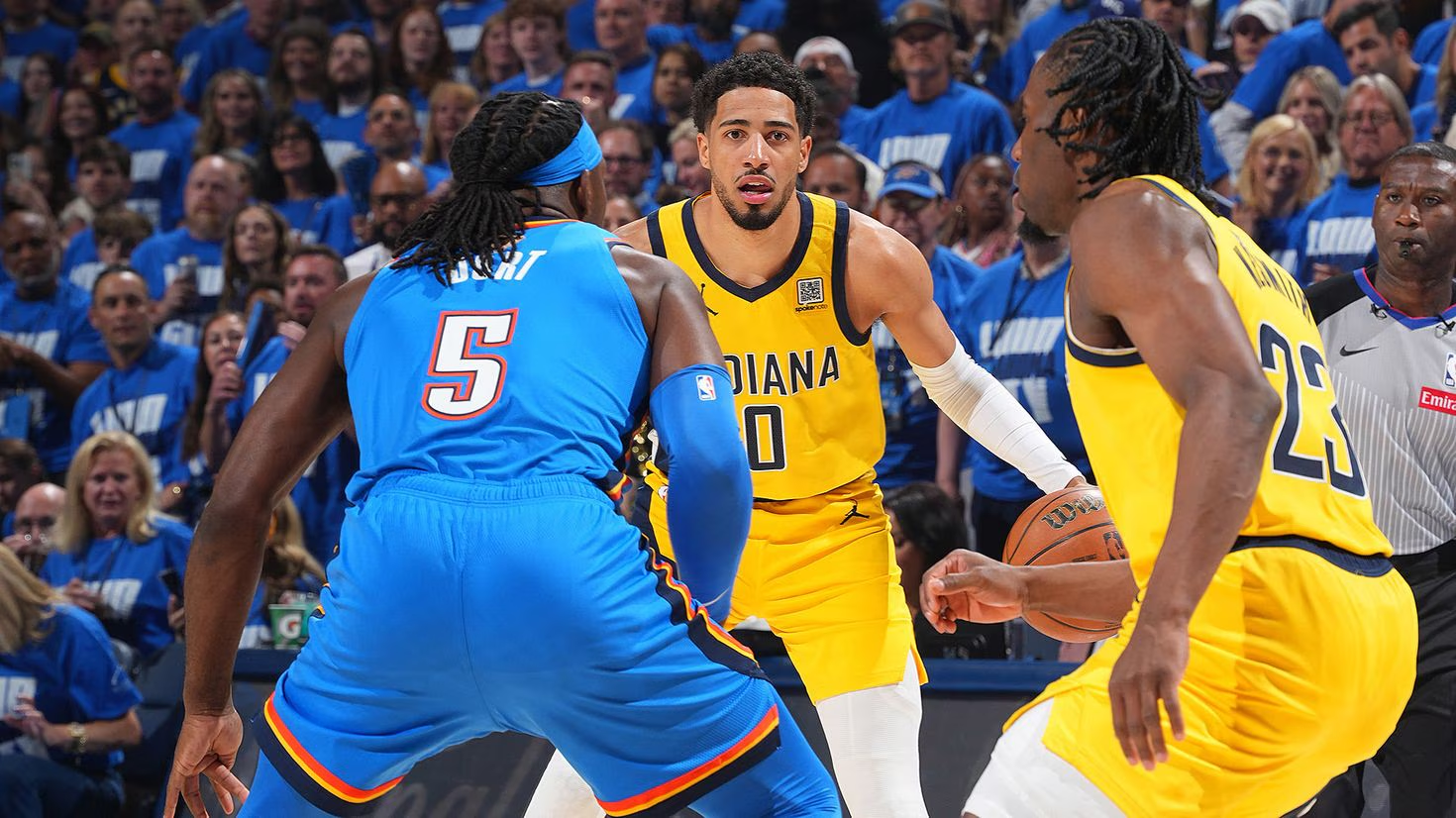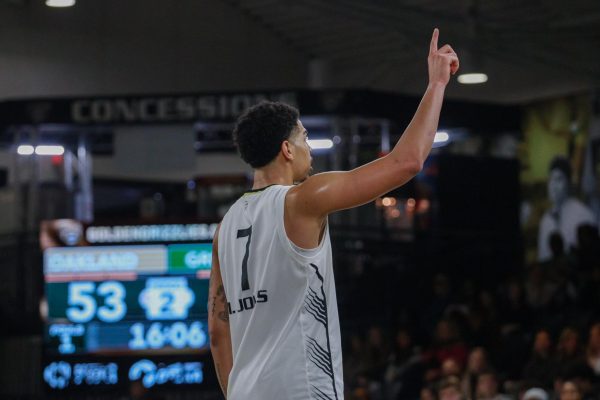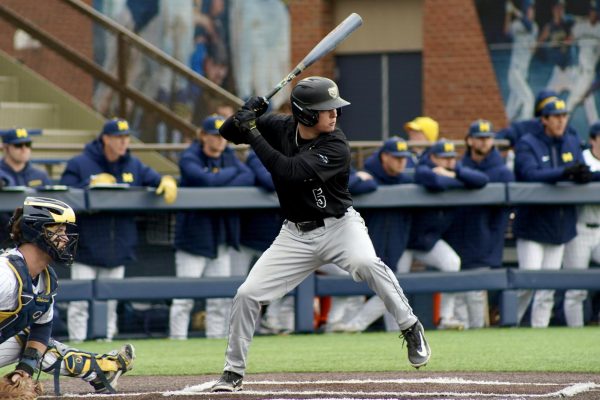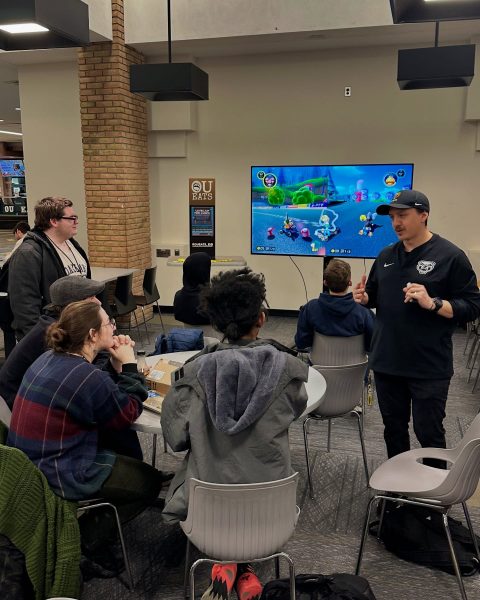The proposed new athletic practice facility: What it would offer
Athletic Director Jeff Konya, along with other staff including coaches, think Oakland student-athletes need a new practice facility to create even more success. The project has been considered for nearly 15 years.
“That’s how big of a need it has been,” he said.
Konya decided to do something.
The proposed $6.9 million facility would consist of a court and two classrooms, which would be open for academic scheduling during the day and used for film work at night, according to the plan Konya presented at the Sept. 28 board of trustees meeting.
“I think it’s something we really need to have,” women’s basketball head coach Jeff Tungate said. “Majority of teams in our league have practice facilities. So from a recruiting standpoint, it’s something that needs to be done. To have access to a facility 24/7 would be really important to work on player’s games in the offseason. And in order to compete at the highest level in the Horizon League, we have to make sure that we keep up with what [other teams] have.”
If the project gets funded, then once the architectural work, blueprints and engineering were done, the new facility would take five to seven months of construction.
“It’s a needed facility,” Konya said.
“It allows us to maximize class schedules and have our student athletes be able to have the entire breadth of academic offerings. Right now we’re very restricted because teams are trying to get into one space,” Konya said. “When we break down film, which is very important for those sports of volleyball and basketball, we actually don’t have a place to watch film.”
He wants to add a nutrition room filled with healthy food options for athletes to refuel their mind and body after practice.
The O’rena would house the new facility where the old pool still sits, a remnant of the now-defunk Lepley Center. The project would not be too tedious because it would rehab dead space rather than build something entirely new.
“It would definitely make both teams better,” Tungate said, referring to the men and women’s basketball teams.
“It will give us extra time [so] that we can work with [the players] in the afternoon, at night and mornings, and not have to worry about conflicts on the gym floor.”
Konya said it would eliminate stress because when the current student-athlete academic center, The Grizz, overflows with students, people have no choice but to sit on the floor to do school work.
“That’s not an ideal situation,” he said.
A lot of student-athletes congregate at the Oakland Center, but the new facility would allow these student athletes to gather in a different area.
“We envision a lot of gathering, a lot of talking about academic issues, a lot of social interaction across all the teams,” Konya said.
This project has been a possibility for about 15 years, and the concept Konya is trying to create now is much more modest than what was on the board previously.
“We are going to try to erase some of the dollars for the project externally through philanthropy,” Konya said. “And hopefully we’re going to be successful with that to the point where it makes sense for the university to assist us in making this a reality.”






